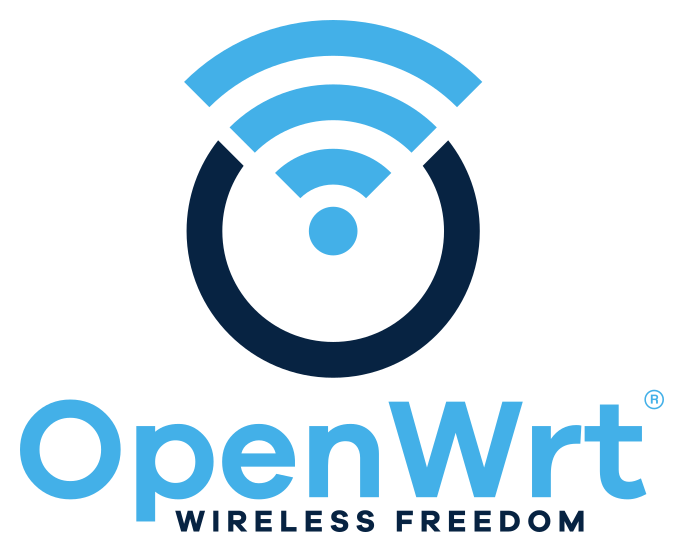Lynx
Senior Member
Why does:
result in transfer with respect to the USB samba share being throttled? It seems cake on br0 throttles downloading from my USB samba share. If I set the download bandwidth to unlimited, the throttling goes away.
smb.conf includes the line:
QoS is setup using:
and also:
Loosely based on:

 www.snbforums.com
But altered to handle VPN active or not active.
www.snbforums.com
But altered to handle VPN active or not active.
How do I overcome this problem?
Code:
qdisc cake 801a: dev br0 root refcnt 2 bandwidth 30720Kbit besteffort dual-dsthost nonat wash ingress no-ack-filter split-gso rtt 100ms noatm overhead 91
qdisc cake 8019: dev tun11 root refcnt 2 bandwidth 30720Kbit diffserv3 dual-srchost nat nowash no-ack-filter split-gso rtt 100ms noatm overhead 91smb.conf includes the line:
Code:
interfaces = lo br0 192.168.1.1/255.255.255.0
Code:
admin@RT-AX86U-4168:/jffs/scripts# cat /jffs/configs/cake-qos.conf.add
DLIF='br0'
DLOPTIONS='wash dual-dsthost ingress'
ULIF_TUN='tun11'
TUN_PACKET_OVERHEAD='53'
Code:
admin@RT-AX86U-4168:/jffs/scripts# cat qos-start
#!/bin/sh
(
cat <<'ADDTEXT'
#!/bin/sh
source /etc/cake-qos.conf
OVERHEAD_TUN=$(echo $OVERHEAD | awk '$2=$2+'$TUN_PACKET_OVERHEAD)
case "$1" in
start)
if [[ -d /sys/class/net/"$ULIF_TUN" ]]; then
tc qdisc add dev $ULIF_TUN root cake $ULPRIOQUEUE $ULOPTIONS $ULBW $OVERHEAD_TUN $FRAMING 2>/dev/null
tc qdisc add dev $DLIF root cake $DLPRIOQUEUE $DLOPTIONS $DLBW $OVERHEAD_TUN $FRAMING 2>/dev/null
else
tc qdisc add dev $ULIF root cake $ULPRIOQUEUE $ULOPTIONS $ULBW $OVERHEAD $FRAMING 2>/dev/null
tc qdisc add dev $DLIF root cake $DLPRIOQUEUE $DLOPTIONS $DLBW $OVERHEAD $FRAMING 2>/dev/null
fi
;;
stop)
tc qdisc del dev $ULIF root 2>/dev/null
tc qdisc del dev $ULIF_TUN root 2>/dev/null
tc qdisc del dev $DLIF root 2>/dev/null
;;
*)
esac
ADDTEXT
) > /tmp/qos
[Cake test] Cake experiments for 386.2 Beta
Hi folks, If you are currently testing Cake on 386.2 Beta, could you guys test the following customization, and see if there is any measurable improvement or issues? Make sure you have custom JFFS scripts enabled (Administration -> System). Then, create /jffs/configs/cake-qos.conf.add with...
How do I overcome this problem?
Last edited:





